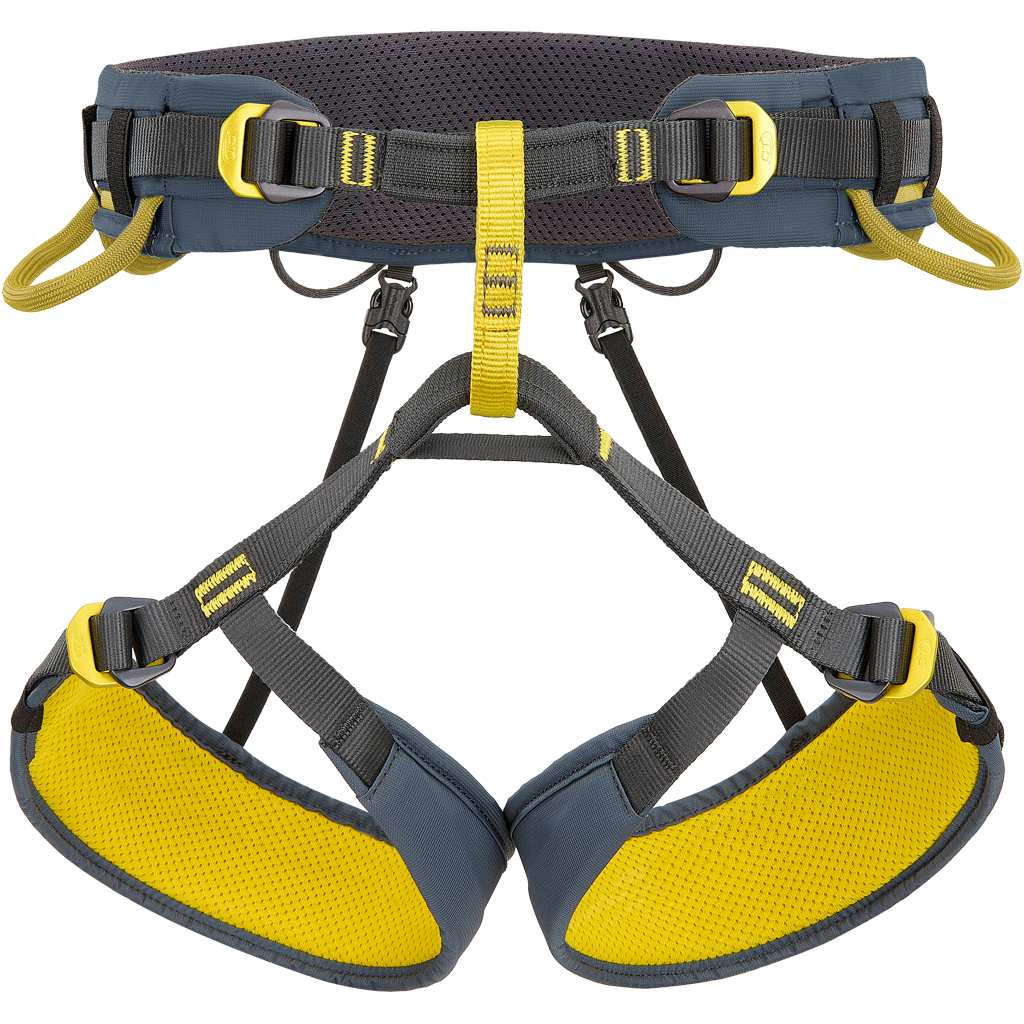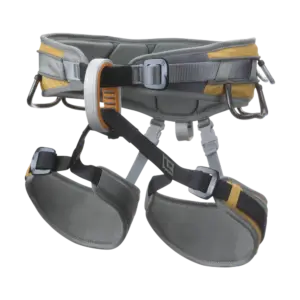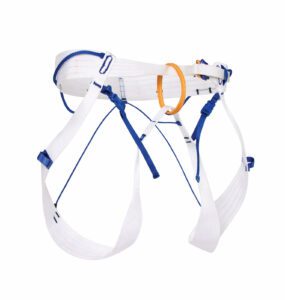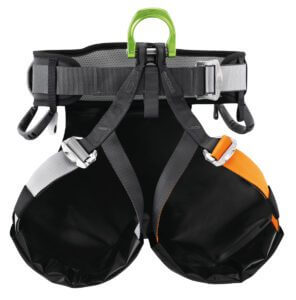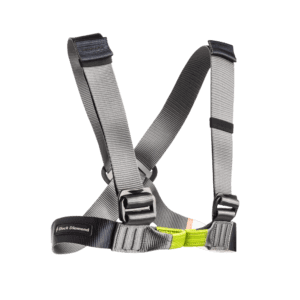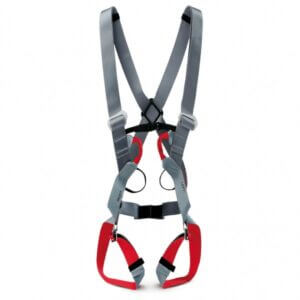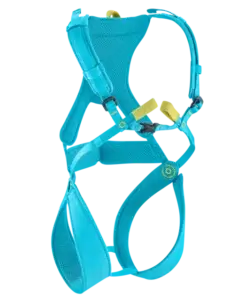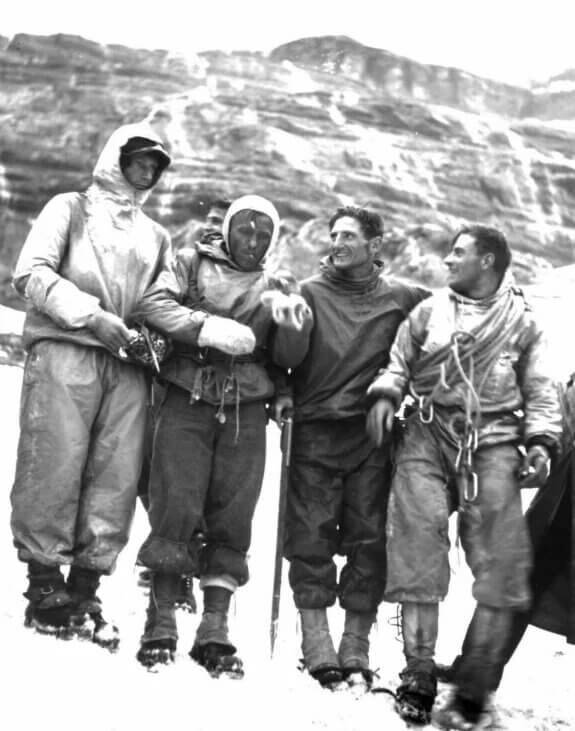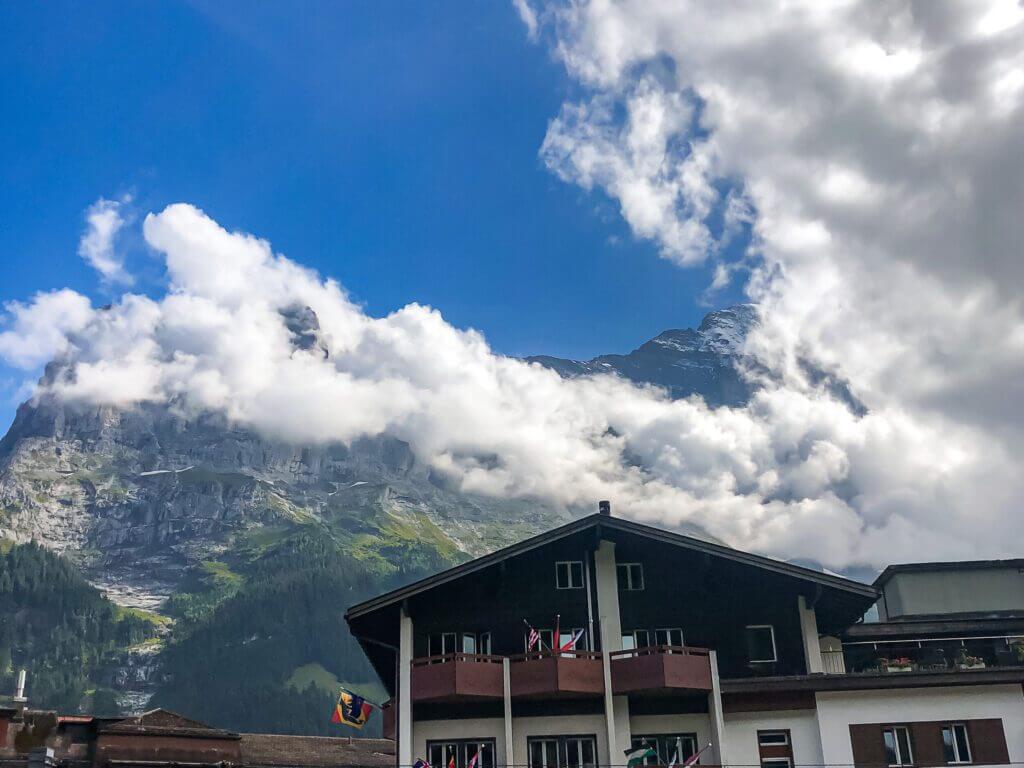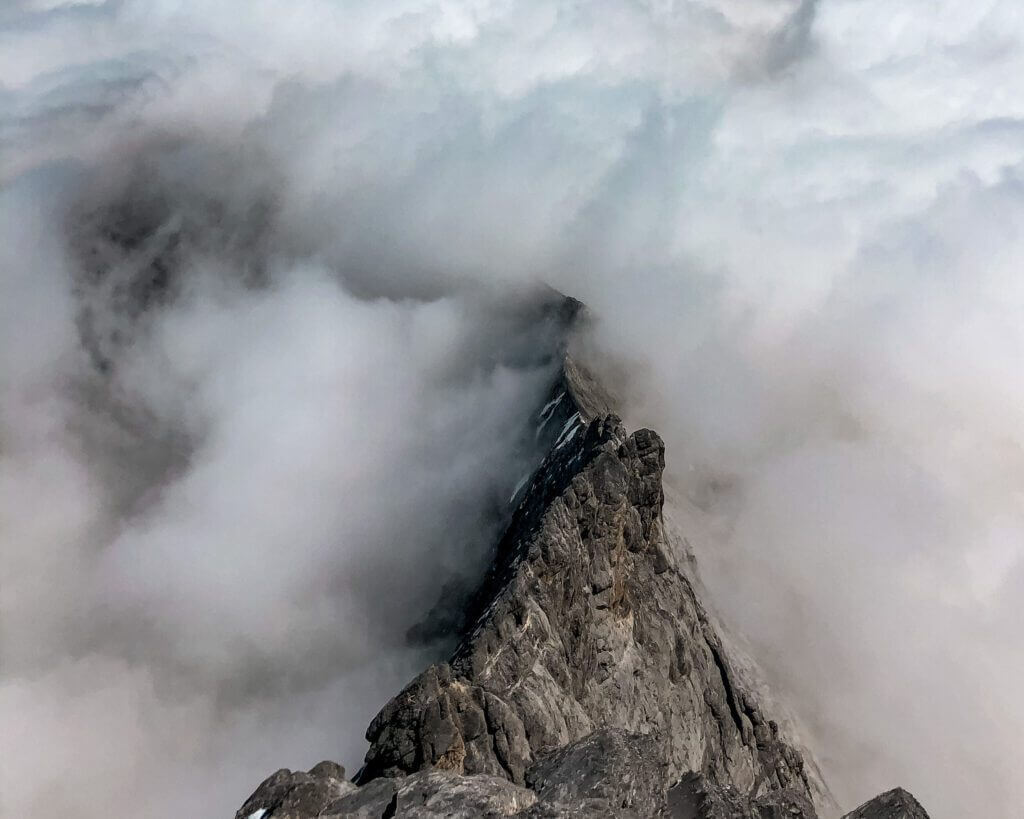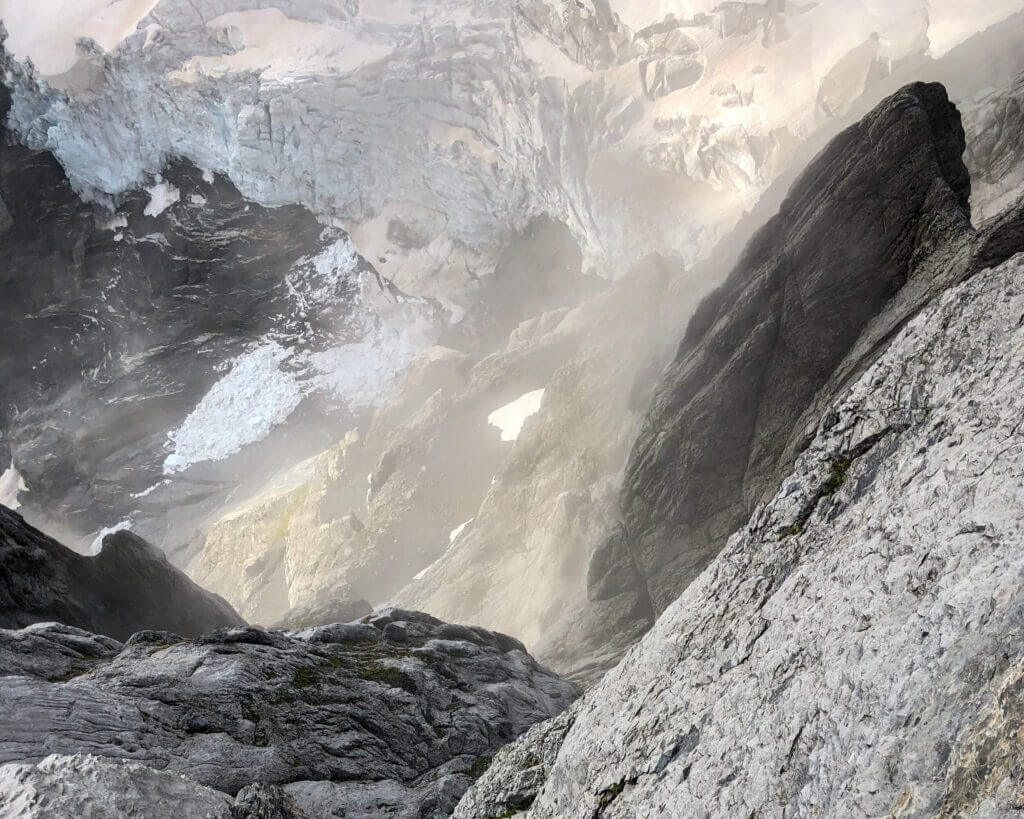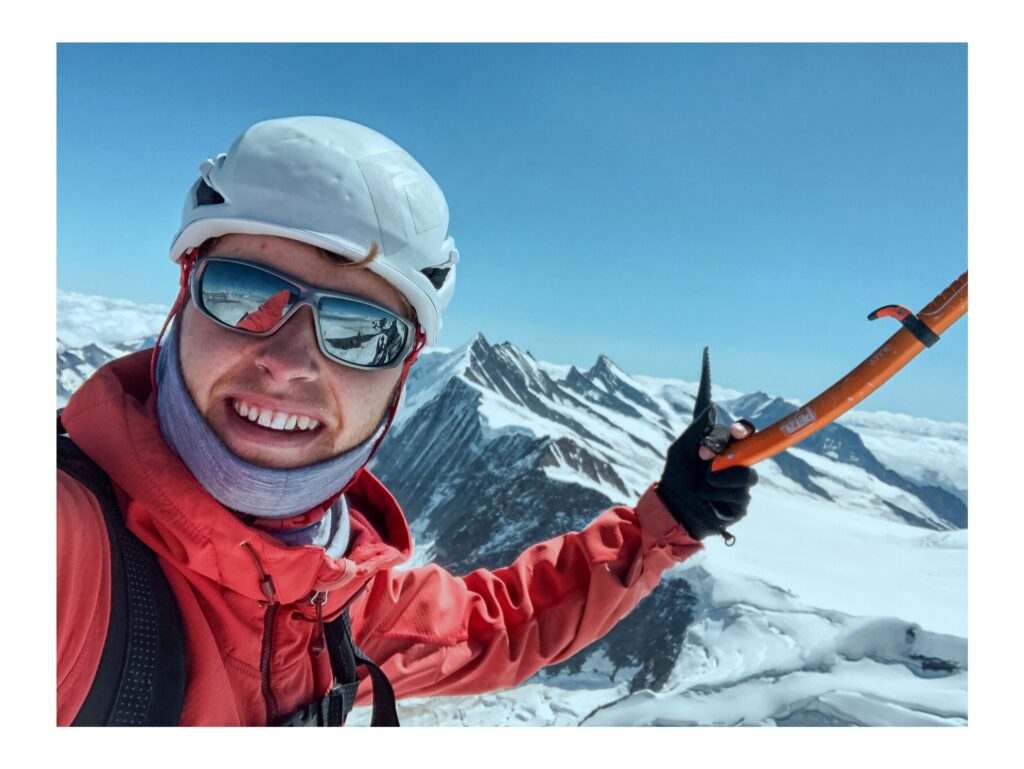My 21/22 season kicked off with the usual resort skiing, ski touring, and ice climbing, before embarking on two more extensive trips: an expedition to the Caucuses, and a 26-day traverse of the Swiss Alps. The traverse in particular was different from anything I had tried before. I knew I was going to need the right clothing for the job. Norrona’s ski touring lineup – the Lyngen Collection – turned out to be the perfect match.
What is the Lyngen Collection:
- Gortex Shell Jacket
- Gortex Pro Shell Pants
- 850 Down Jacket
- Thermo Dri 60 PrimaLoft Jacket
- Alpha 100 hoodie
- Hiloflex 100 Softshell hoodie
- Alpha 90 Thermal Fleece
- Alpha Vest
- 850 down Shorts
- Leather glove
- Dri1 Waterproof glove
- Down Mitten
I found the entire collection well thought out. You can tell the team at Norrona spent a lot of time balancing weight, with durability and practicality. Whether in arctic winds or under the baking sun, this collection is designed to ski up and over mountains, all season long, and is jam-packed with small features that make a big difference when on the move. Almost all of the fabric used in the Lyngen is recycled, including the Gortex!
Here are a few of my favourite pieces from Norrona’s Lyngen Collection.
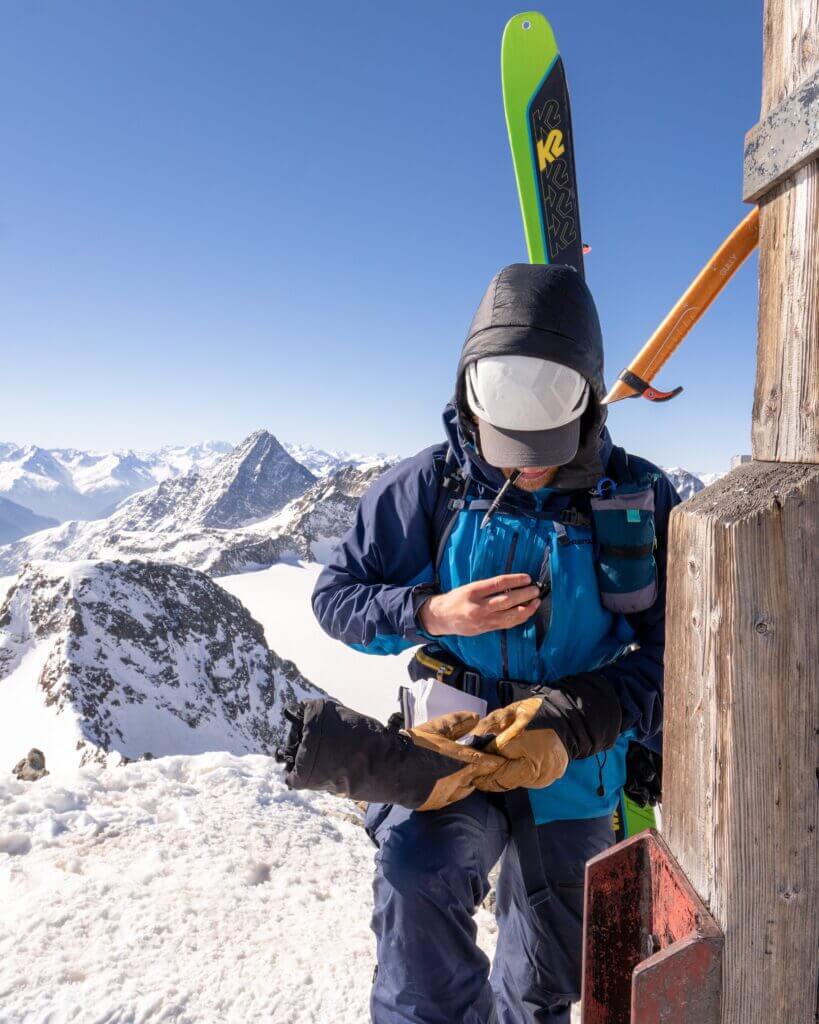
Lyngen Gortex Shell Jacket
A shell jacket is arguably the most important layer in the mountains. Feeling the material of the Lyngen, I admit I was a little apprehensive about having it as my primary shell on such a big trip. It is not often something so light and thin is durable enough to withstand the abuse ski touring and mountaineering can throw its way. However, after a busy season, there are virtually no signs of wear on the outside and just a little bit of rub from my pack’s hip belt.
Normally, I wear a softshell and keep my Gortex layer in my pack until I really need it. But this spring was hot, and I ended up in this jacket a lot (I prefer to tour with a hoodie for sun-pro). On these hot days, I found the ventilation system really valuable. In addition to the armpit vents, it also has a chest vent which doubles as a quick skin or glove stow. I never had issues with waterproofness in rain or snow.
The jacket is mostly made from Gortex Active with Gortex Pro around the shoulders, sleeves and collar.
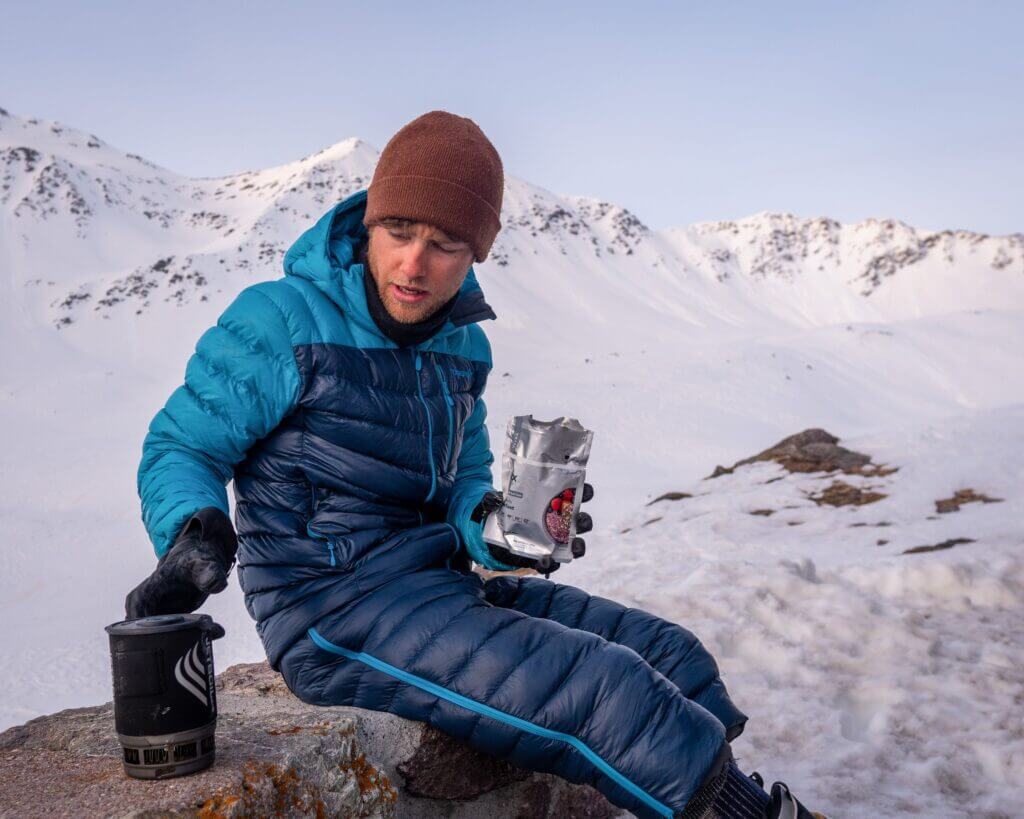
Lyngen 850 Down Jacket
For the past month, this puffer jacket has been my home away from home. I have a soft spot for big, puffy down jackets, and after all of the windy summits, freezing nights, and sunset rides I have grown attached to this reliably warm feather bomb.
At 380 grams and taking up little room when packed, I was surprised by how warm this thing is. It packs a punch. But the material is very thin so watch out around stoves, rocks, prickle bushes!
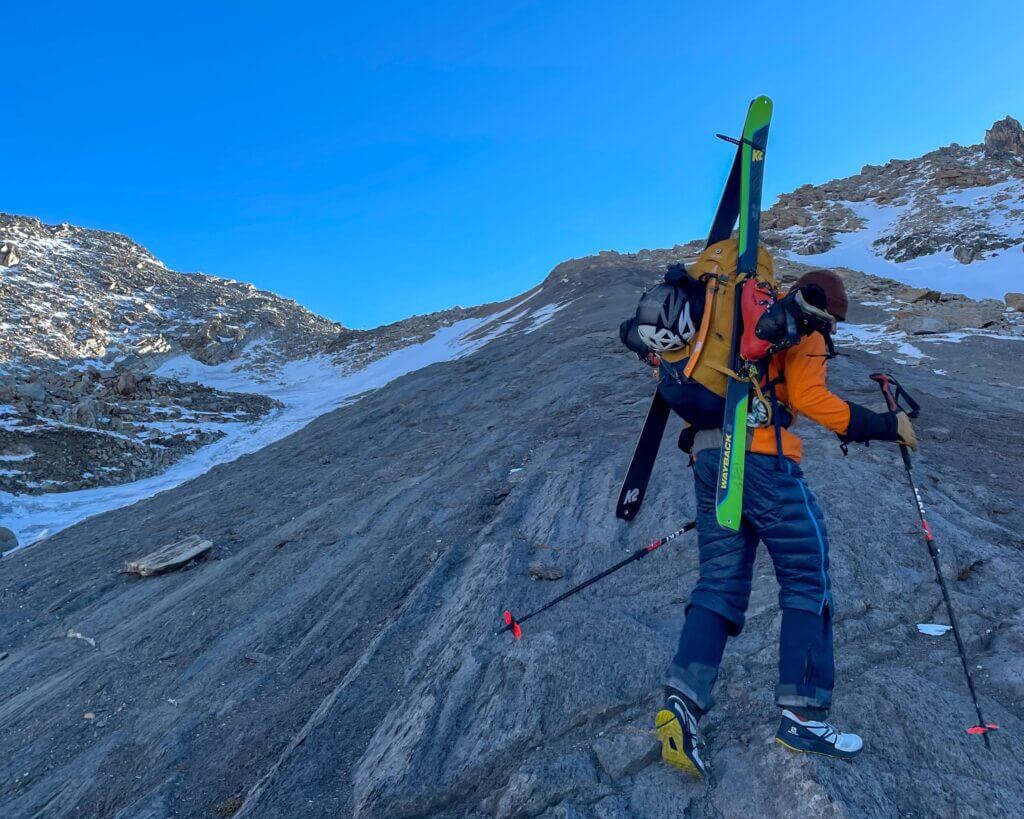
Lyngen 850 Down Shorts
And the award for the most underrated piece of gear this winter goes too… Down shorts! Total game-changers. The best thing that you never knew you needed. They are the answer for those cold mornings in early spring when you don’t want to wear thermal pants because you know it will be hot in the afternoon, but don’t want to have to tough out 3 hours of cold legs before that. These bad boys have a full-length zip, making them easy to get on and off over ski boots or crampons. No, cold legs won’t kill you, but these shorts sure make life a little more comfortable out there.
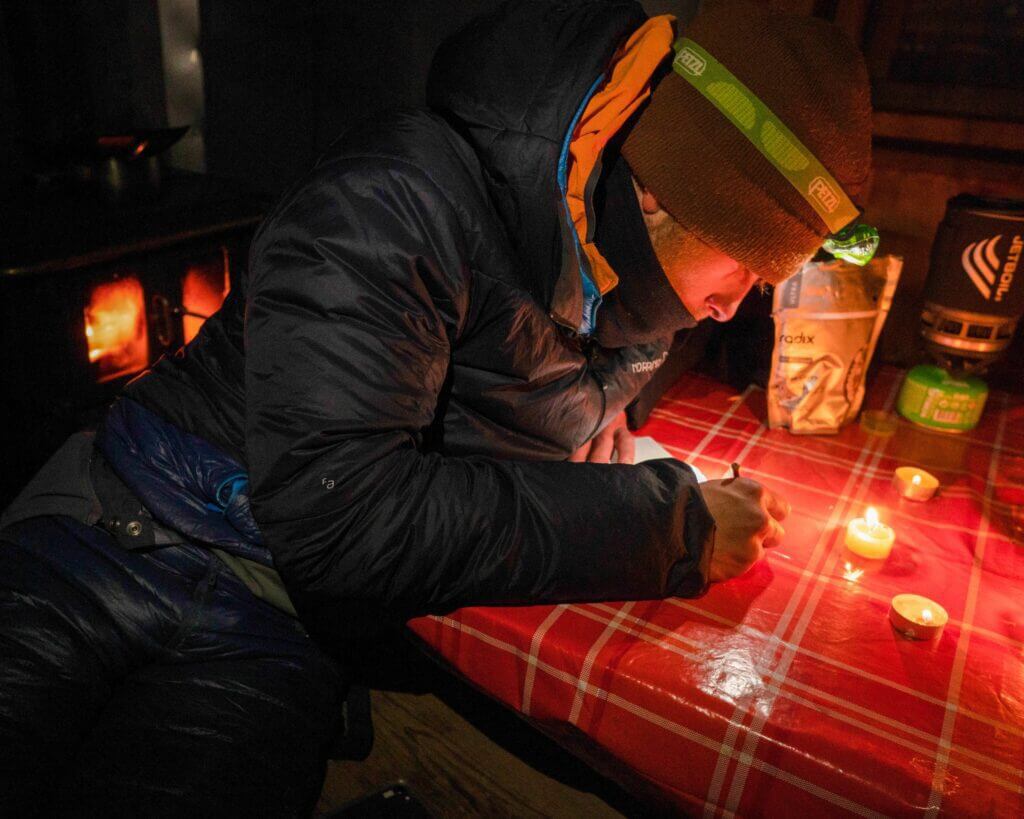
Thermo 60 Primaloft Jacket
An important piece for any multiday adventure weather is a PrimaLoft or synthetic insulation jacket. Down is warmer but becomes useless when wet, whereas synthetic can hold its insulation properties. The Lyngen version of Thermo 60 jackets has Norrona’s own Dri2 waterproofing for the Lyngen collection. Making it a great choice for a storm shell. This was the layer I wore the most over the traverse and I purposely got it in black so I didn’t mind getting it a little dirty while being so far from a washing machine!

